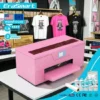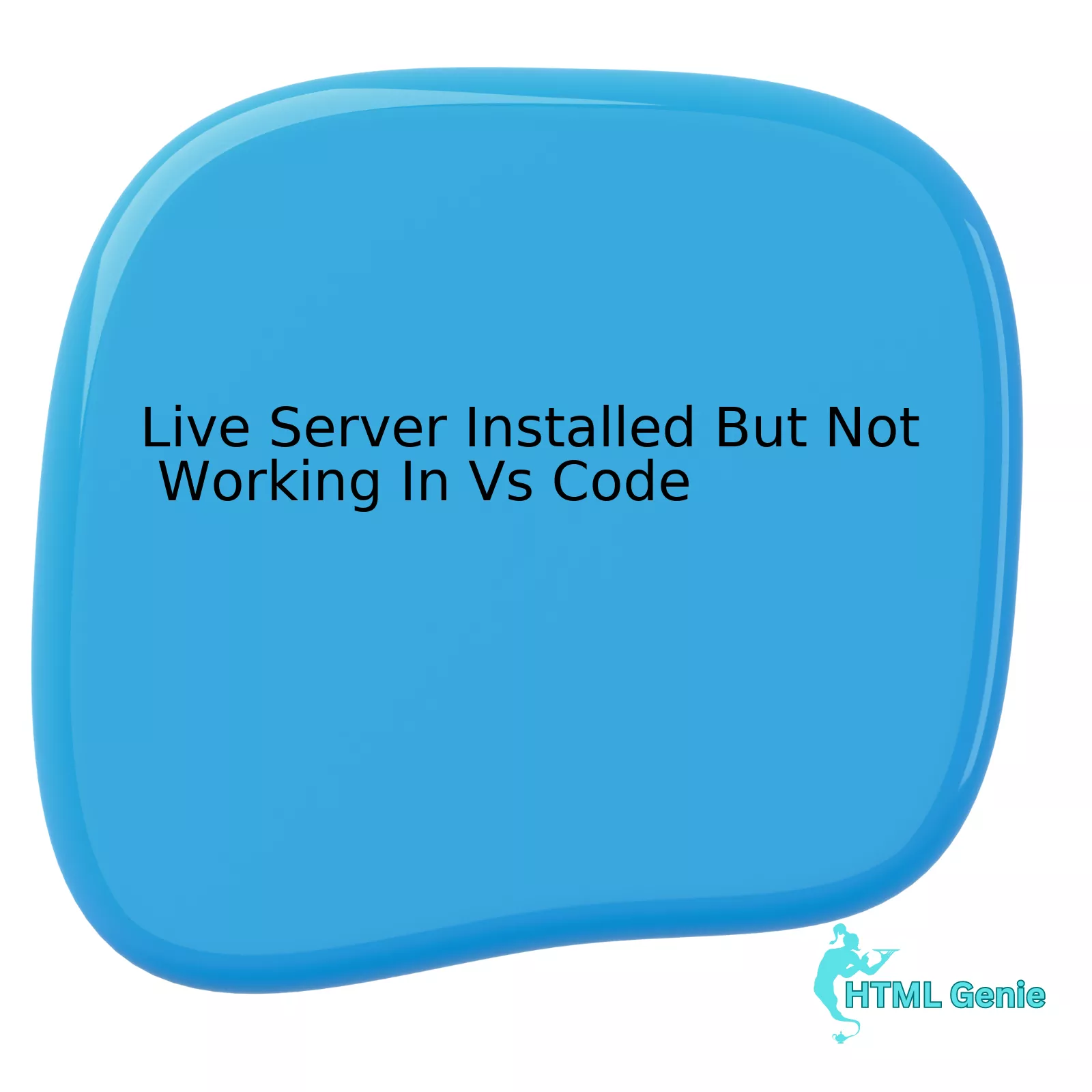Curiosity is the engine of human progress, the spark that ignites discovery and innovation. In the digital age, this raw curiosity often manifests as a desire to understand the intricate web of technologies that shape our online world. It begins with a simple question: “How does this work?” For aspiring creators, developers, and designers, this question is the first step on a transformative journey into the heart of Frontend Development. It’s a path that starts with two fundamental, elegant, and powerful languages: HTML and CSS. This guide is for those who possess that raw curiosity, providing a comprehensive exploration of how to harness it to build beautiful, functional, and accessible experiences on the web. We will move beyond the basics, diving deep into the modern practices that define professional Web Development today.
This journey is not just about learning syntax; it’s about understanding the philosophy behind the standards, the art of structuring information, and the science of visual communication. We will explore everything from the foundational HTML Structure to advanced layout techniques using CSS Flexbox and CSS Grid. By the end, you’ll have a robust framework for turning your curiosity into tangible skills, ready to craft everything from simple Landing Pages to complex web applications.
The Blueprint of the Web: Mastering Modern HTML
HyperText Markup Language (HTML) is the skeleton of every webpage. It provides the structure and meaning for web content. While it’s often the first language a developer learns, its depth and the importance of using it correctly are frequently underestimated. Modern HTML, particularly with the advent of HTML5, is about more than just wrapping text in tags; it’s about creating a meaningful, accessible, and machine-readable document. This is the core of what we call Semantic HTML.
Beyond Divs: The Power of Semantic HTML
In the early days of the web, developers often relied on a sea of <div> tags to structure their pages. This “div-itis” created documents that were difficult for search engines and screen readers to parse. HTML5 Features introduced a rich set of semantic HTML Elements designed to describe their content’s purpose.
Instead of a generic container, you can now use specific HTML Tags like:
<header>: For introductory content or a set of navigational links.<nav>: To define a block of navigation links.<main>: Represents the dominant content of the<body>of a document.<article>: For self-contained compositions like a blog post or news story.<section>: A thematic grouping of content, typically with a heading.<aside>: For content tangentially related to the content around it (e.g., sidebars).<footer>: Contains information about the author, copyright data, or links to related documents.
Using these tags provides immediate benefits. It improves Web Accessibility, as screen readers can use this structure to help users navigate the page. It also boosts SEO, as search engines can better understand the hierarchy and importance of your content. This is a cornerstone of HTML Best Practices and aligns with W3C Standards.
Structuring Data: HTML Forms and Tables
Two of the most powerful sets of elements in HTML are those used for collecting user input and displaying tabular data. HTML Forms are the primary way users interact with a website, from search bars to complex registration pages. HTML5 supercharged forms with new input types (email, tel, date) and validation HTML Attributes (required, pattern), reducing the need for JavaScript for basic validation.
Similarly, HTML Tables are essential for displaying data in rows and columns. While they were once misused for Page Layout, their true purpose is for presenting data like financial reports, schedules, or feature comparisons. Proper table structure, including <thead>, <tbody>, and <th> for headers, is crucial for Accessibility, allowing screen readers to announce column and row headers as a user navigates the data.
A well-structured HTML document is the foundation of a great user experience. Before you write a single line of CSS or JavaScript, ensure your HTML is semantic, clean, and accessible. This is one of the most valuable HTML Tips for any developer.
The Art of Presentation: A Deep Dive into Modern CSS
If HTML is the skeleton, Cascading Style Sheets (CSS) is the skin, hair, and clothing. It’s the language we use to control the visual presentation of our HTML. CSS Styling has evolved dramatically, moving from simple color and font changes to sophisticated layout systems and animations. This CSS Tutorial section will focus on the modern techniques that are essential for any Frontend Web developer.
Crafting Modern Web Layouts: Flexbox vs. Grid
For years, creating complex layouts in CSS was a challenging task involving floats, clears, and other hacks. Today, we have two powerful layout modules that have revolutionized Web Layout: Flexbox and Grid.
CSS Flexbox (Flexible Box Layout) is a one-dimensional layout model designed for distributing space among items in an interface. It excels at aligning items along a single axis (either a row or a column). It’s perfect for components like navigation bars, form controls, and card galleries where you need to align items horizontally or vertically.
A simple Flexbox Layout example:
.container {
display: flex;
justify-content: space-between; /* Distributes items evenly */
align-items: center; /* Vertically aligns items in the center */
}CSS Grid (Grid Layout), on the other hand, is a two-dimensional layout system. It allows you to control the layout of items in both rows and columns simultaneously, making it ideal for overall Page Layout. Think of it as a way to create a scaffold for your entire webpage or for complex components like a dashboard. A Grid Layout provides unprecedented control over the placement and alignment of elements.
A basic Grid Layout example:
.wrapper {
display: grid;
grid-template-columns: repeat(3, 1fr); /* Creates three equal-width columns */
gap: 20px; /* Adds space between grid items */
}The key takeaway is not “Flexbox vs. Grid” but “Flexbox and Grid.” They are designed to work together. Use Grid for the overall page structure and Flexbox for aligning the components within that structure. This combined approach is a hallmark of Modern CSS.
Bringing Pages to Life with Transitions and Animations
Static pages are a thing of the past. Modern UI Design incorporates subtle motion to guide the user, provide feedback, and create a more engaging experience. CSS provides two primary tools for this: transitions and animations.
- CSS Transitions allow you to smoothly change property values over a given duration. They are perfect for simple state changes, like a button’s color on hover.
- CSS Animations offer more control, allowing you to create complex, multi-step sequences using
@keyframes. They are used for loading spinners, attention-grabbing effects, and more elaborate visual storytelling.
Mastering these CSS3 Features can significantly enhance the UX Design of your projects, making them feel more polished and professional.
Building for Everyone: Responsive Design and Accessibility
A website that doesn’t work on a mobile phone or for a user with a disability is a broken website. The principles of responsive design and accessibility are not afterthoughts; they are core tenets of modern Web Design and development.
The Responsive Revolution and Mobile-First Design
Responsive Design is an approach that allows a website’s layout to adapt to the user’s screen size. This is achieved primarily through CSS media queries. A Mobile-First Design strategy takes this a step further: you design and build the mobile experience first and then use media queries to add enhancements for larger screens.
/* Base styles for mobile */
.container {
width: 100%;
padding: 10px;
}
/* Styles for tablets and larger */
@media (min-width: 768px) {
.container {
width: 80%;
margin: 0 auto;
}
}This approach forces you to prioritize content and ensures a fast, functional experience on devices where performance and screen real estate are limited. A CSS Responsive strategy is non-negotiable in today’s multi-device world.
Web Accessibility (a11y): A Moral and Business Imperative
Web Accessibility is the practice of ensuring that your websites are usable by everyone, regardless of their abilities or disabilities. This includes people with visual, auditory, motor, and cognitive impairments. Adhering to Web Standards like the Web Content Accessibility Guidelines (WCAG) is crucial.
Key practices include:
- Using Semantic HTML: As discussed, this provides a clear structure for screen readers.
- Providing Text Alternatives: Every image should have a descriptive
altattribute. - Ensuring Keyboard Navigability: All interactive elements must be usable with a keyboard alone.
- Maintaining Color Contrast: Text must have sufficient contrast against its background to be readable.
- Using ARIA Labels: Accessible Rich Internet Applications (ARIA Labels) can be used to add extra context for screen reader users when semantic HTML isn’t enough.
The Modern Frontend Ecosystem: Tools and Frameworks
While a solid understanding of HTML and CSS is paramount, the modern frontend workflow is often enhanced by a rich ecosystem of tools and frameworks. These tools help manage complexity, improve efficiency, and enforce consistency.
Supercharging Your Stylesheets
As projects grow, managing CSS can become difficult. This is where tools like CSS Preprocessors (e.g., SASS or LESS) come in. They add features like variables, nesting, and mixins to CSS, making stylesheets more maintainable and scalable. Native CSS Variables (Custom Properties) have also become a powerful, browser-supported feature for managing design tokens like colors and spacing directly in CSS.
Another important part of the modern toolchain is PostCSS, a tool for transforming CSS with JavaScript plugins. It can be used to add vendor prefixes, lint your code, and even enable future CSS syntax today.
The Age of the CSS Framework
A CSS Framework provides a collection of pre-written CSS (and sometimes JavaScript) to help you build user interfaces quickly. They offer pre-styled components and, most importantly, a robust grid system.
- Bootstrap and Foundation are foundational frameworks that provide a comprehensive set of UI components.
- Tailwind CSS is a utility-first framework that provides low-level utility classes to build custom designs without writing custom CSS. It has gained immense popularity for its flexibility.
- Material Design is a design system by Google that has inspired many frameworks and component libraries, focusing on a clean, modern aesthetic.
In the world of JavaScript frameworks like React and Vue, CSS-in-JS libraries such as Styled Components have also emerged, allowing developers to write CSS directly within their JavaScript components for better encapsulation and modularity.
Conclusion: From Curiosity to Craftsmanship
The journey from a spark of raw curiosity to becoming a proficient frontend developer is a continuous process of learning and application. We’ve explored the critical importance of a solid foundation in Modern HTML and Modern CSS, from the semantic structure that underpins Web Accessibility to the powerful layout systems of Flexbox and Grid that enable sophisticated Responsive Design. We’ve seen how this core knowledge is the launchpad for exploring the wider ecosystem of preprocessors, frameworks, and modern development tools.
Mastering the art of Frontend Development is about more than just knowing the right HTML Tags or CSS Properties. It’s about developing a deep appreciation for structure, a keen eye for design, and an unwavering commitment to building inclusive and accessible experiences for all users. Keep that raw curiosity alive, continue to experiment and build, and you will transform your passion into true craftsmanship.




